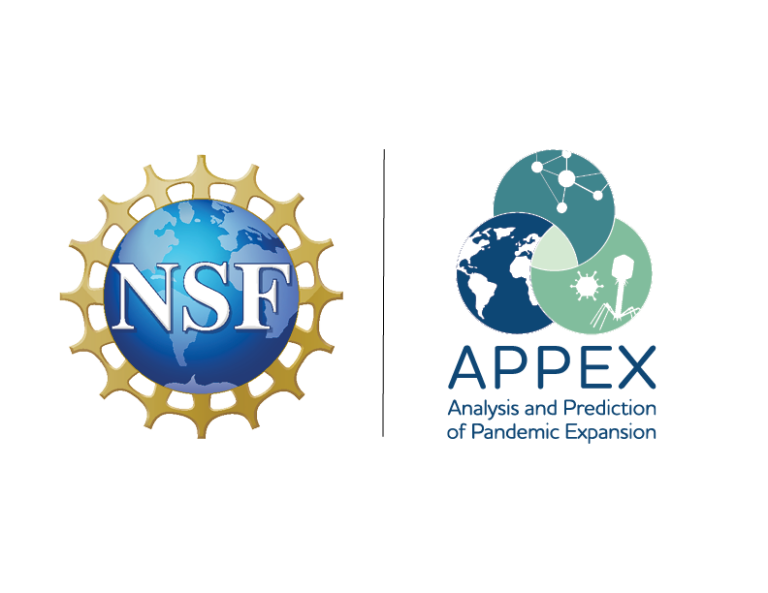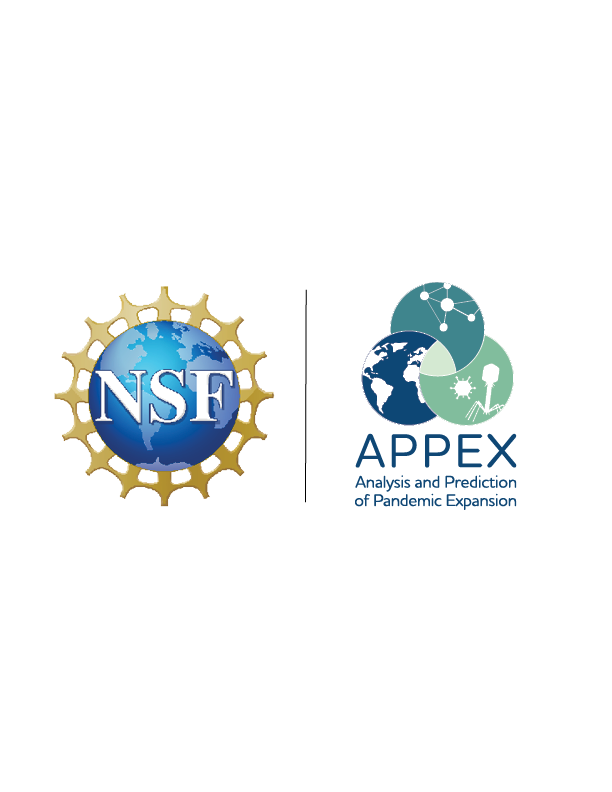

Everything about APPEX is focused on multidisciplinary science.
Our core team has a wide range of expertise and our protocol for involving outside participants in our Working Groups ensures we can recruit additional expertise whenever we discover a gap or whenever a gap-filler finds us!
The APPEX Center focuses on enabling multidisciplinary collaborations specifically focused on combinatorial risk scenarios that need simultaneous consideration by multiple academic domains and disciplines.
